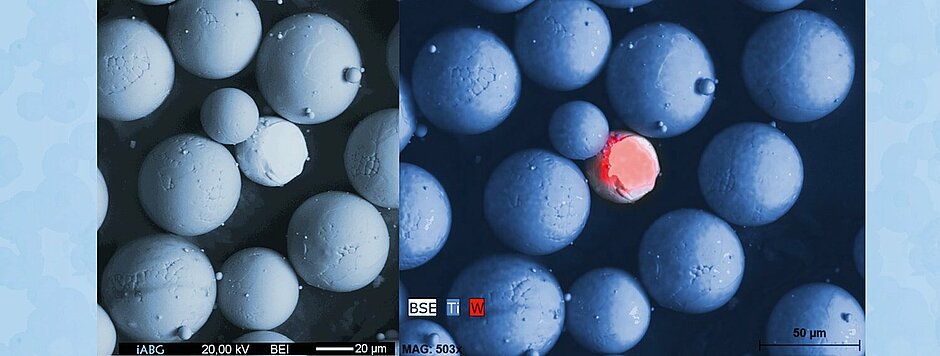Macroscopic examination
The visual inspection allows a quick and extremely efficient detection of gross anomalies in the powder material. The following properties are compared with specified criteria to enable efficient evaluation:
- Coatings
- Moisture content
- Coarseness
- contamination







